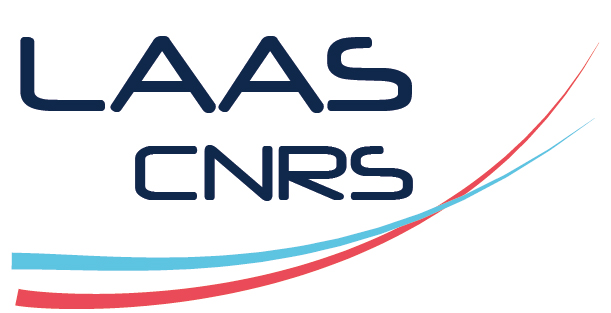Study of an adaptive hyperspectral imager for Earth observation
Étude d'un imageur hyperspectral adaptatif pour l'observation de la Terre
Résumé
In a context of Earth observation, spectral imagery allows a fine understanding of the observed scene. However, it generates a large amount of data which is generally processed afterwards in a ground station. In order to optimize the information flow, the paradigm of compressive sensing/sampling proposes to optically encode the incident light and to rely on processing to extract the semantic information of interest or to reconstruct the signal. This approach, which integrates optical systems and signal processing, requires new design methods and tools necessary for instrument development.
This thesis deals with the joint design of an optical system, the CASSI double-disperser, and its associated algorithmic processing. Reflections were carried out on how to dimension the system as a whole, taking into account the close links between these two disciplines. It is necessary to use a design environment that allows to evaluate these interdependencies and to quickly test new optical and algorithmic configurations. A physical model has been proposed to describe the propagation of light through our instrument. It has been integrated into a compressed hyperspectral image acquisition simulator that includes various physical phenomena. This one interfaces easily with the data processing module, used to reconstruct the signal or extract semantic information.
A prototype has been developed in order to explore the possibilities opened by these systems in an earth observation context. Particular attention has been paid to the adaptability of the optical encoding performed by the system. By basing ourselves on an array of micro-mirrors playing the role of spatial light modulator, the spectral filtering obtained is dynamic. It can thus adapt to the observed scene and allows the development of acquisition schemes specific to the missions that are entrusted to it. The experimental part of the thesis consisted in assembling, aligning and calibrating the optical system. Software and hardware tools have been developed to facilitate its realization.
Dans un contexte d’observation de la Terre, l’imagerie spectrale permet une compréhension fine de la scène observée. Elle génère cependant une large quantité de données qui est généralement traitée à posteriori dans une station sol. En vue d’optimiser le flux d’informations, le paradigme de l’acquisition compressée propose d’encoder optiquement la lumière incidente et de s’appuyer sur des algorithmes de traitement pour extraire les informations sémantiques d’intérêt ou reconstruire le signal. Cette approche, qui intrique système optique et traitement du signal, nécessite de revoir les méthodes et outils de conception nécessaires au développement des instruments.
La thèse porte sur la conception conjointe d’un système optique, le double-disperseur CASSI, et du traitement algorithmique qui lui est associé. Des réflexions ont été menées sur la manière de dimensionner le système dans sa globalité, en prenant en compte les liens étroits entre ces deux disciplines. Il convient d’utiliser un environnement de conception qui permette d’évaluer ces interdépendances et de tester rapidement de nouvelles configurations optiques et algorithmiques. Un modèle physique a été proposé pour décrire la propagation de la lumière à travers notre instrument. Il a été intégré à un simulateur d’acquisition d’images hyperspectrales compressées qui inclus divers phénomènes physiques. Celui-ci s’interface facilement avec le module de traitement des données, utilisé pour reconstruire le signal ou extraire des informations sémantiques.
Un prototype a été développé dans le but d’explorer les possibilités ouvertes par ces systèmes dans un contexte d’observation de la terre. Une attention particulière a été portée à l’adaptativité de l’encodage optique effectuée par le système. En nous basant sur une matrice de micro-miroirs jouant le rôle du modulateur spatial de lumière, le filtrage spectral obtenu est dynamique. Il peut donc s’adapter à la scène observée et permet de mettre au point des schémas d’acquisitions spécifiques aux missions qui lui sont confiées. La partie expérimentale de la thèse a consisté à assembler, aligner puis étalonner le système optique. Des outils logiciels et matériels ont été développés pour faciliter sa réalisation.
Origine : Fichiers produits par l'(les) auteur(s)

